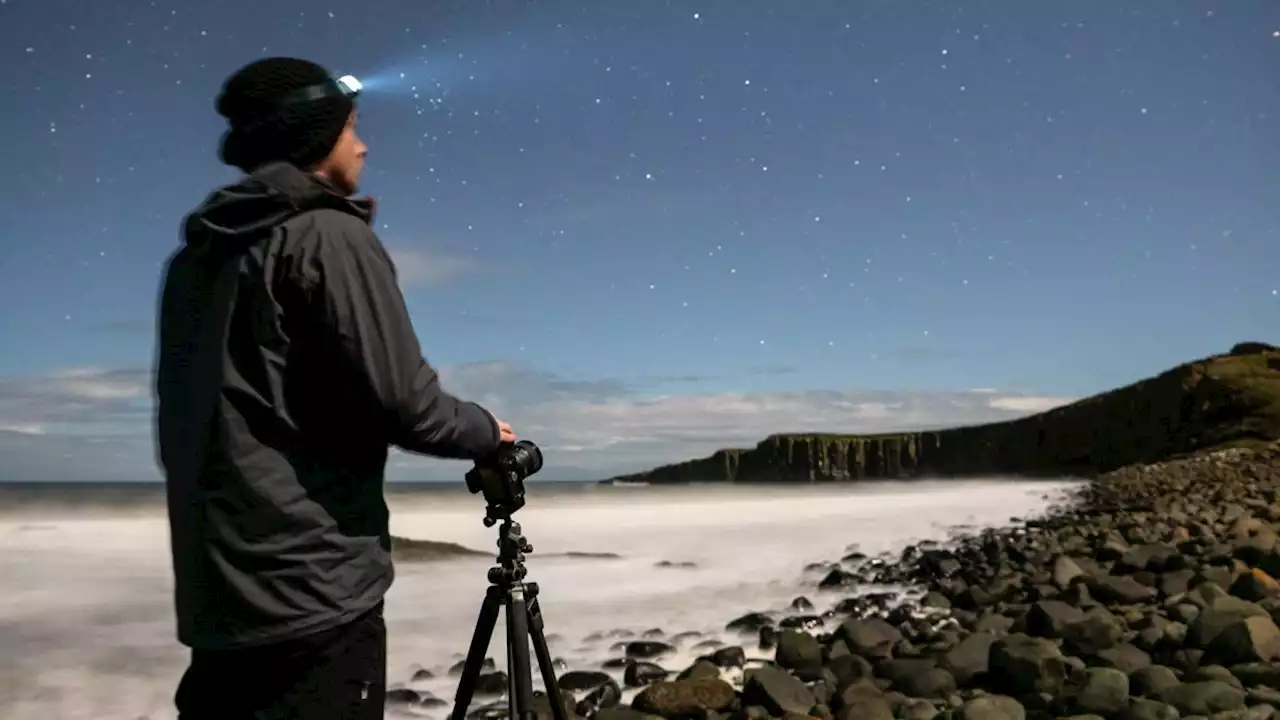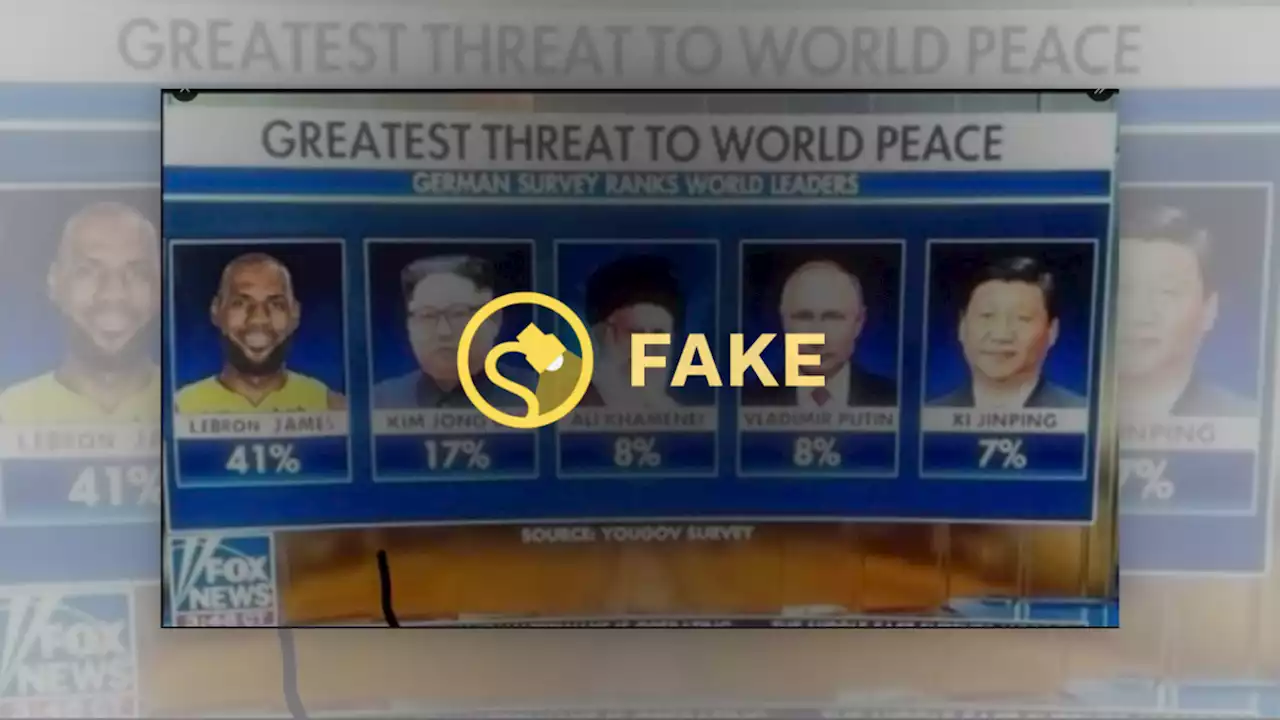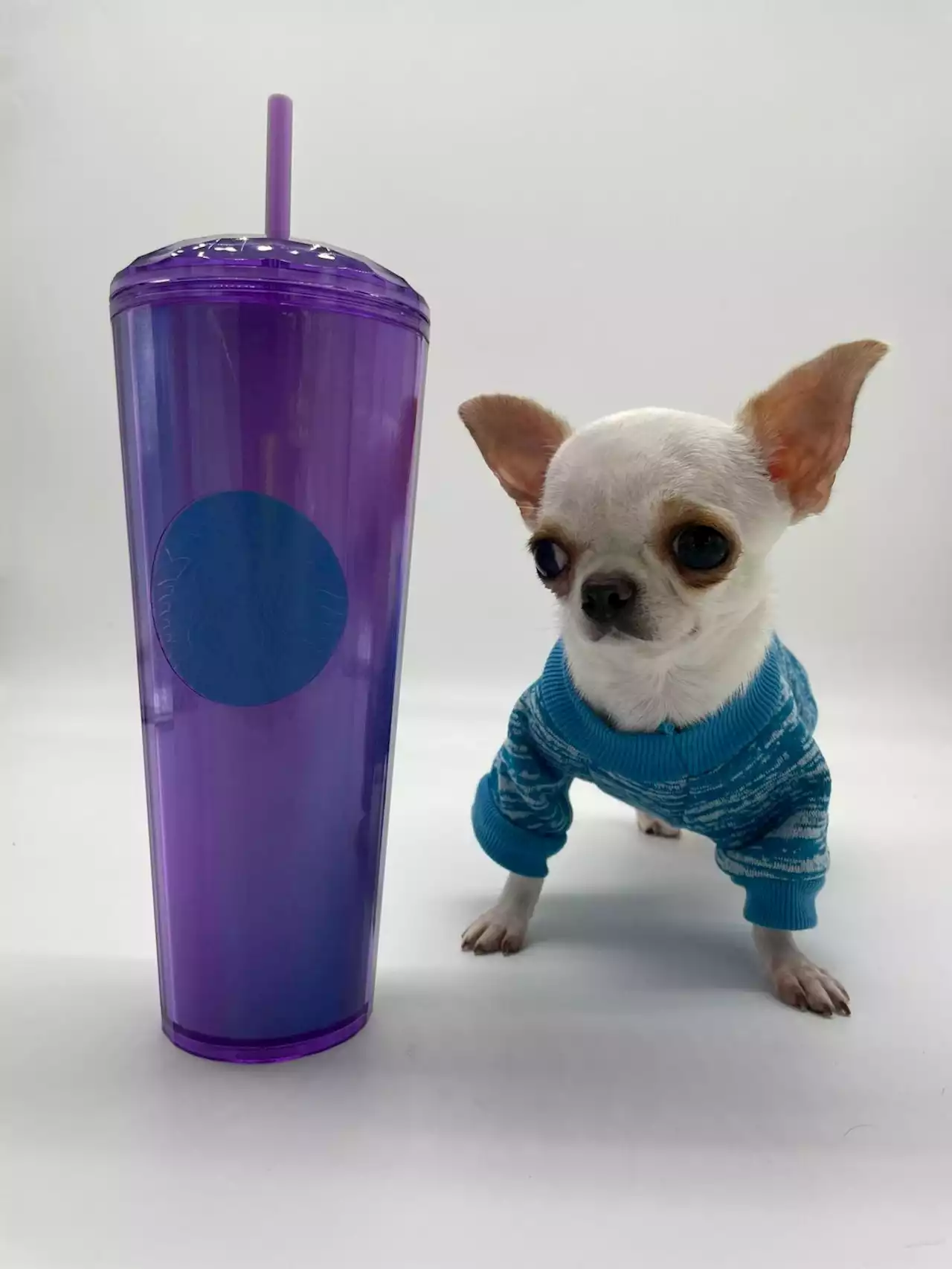NASA is leveraging quantum research to advance space communications through projects like the Goddard Space Flight Center's Quantum Laboratory and the Jet Propulsion Laboratory's PEACOQ detector. NASA is celebrating World Quantum Day by highlighting its various quantum research projects across th
World Quantum Day is an international, community-driven event on April 14 to spark interest and generate enthusiasm for quantum mechanics. The National Quantum Coordination Office, part of the White House Office of Science and Technology Policy, is excited to participate in World Quantum Day, along with agencies across the Federal government.
“SCaN is working on quantum experiments, simulations, and more to help build the future of space communications,” said Badri Younes, deputy associate administrator for NASA’s SCaN program. “Our technological research and development will enable NASA to explore more securely than ever before.”in Greenbelt, Maryland, is utilizing its new quantum laboratory to perform quantum communications experiments.
. As a mentor for more than 20 years, Shaw has guided many students working on space communications technologies. He develops partnerships with universities and other government agencies to identify interns pursuing higher-level graduate and doctoral degrees that intersect with quantum communications and invites them to be an intern at the lab.
Quantum computing is based on quantum bits or qubits. Unlike traditional computers, in which bits must have a value of either zero or one, a qubit can represent a zero, a one, or both values simultaneously. Representing information in qubits allows the information to be processed in ways that have no equivalent in classical computing, taking advantage of phenomena such as quantum entanglement.
The quantum communications team at NASA’s Glenn Research Center in Cleveland studies technologies and architectures that can enable space-based quantum networks. The NQML team, which often includes students participating in the SCaN Internship Project, performs experimental and theoretical activities. Chris Nadeau, a second-year SCaN intern, optimizes quantum entanglement swap simulations. He writes code, researches the mathematical underpinnings for potential features of the simulation, and develops test cases to verify the simulation output.
Brasil Últimas Notícias, Brasil Manchetes
Similar News:Você também pode ler notícias semelhantes a esta que coletamos de outras fontes de notícias.
 World Quantum Day: Celebrating the Best and Brightest in Quantum ResearchIOP Publishing has launched a special collection of its most popular quantum research to celebrate World Quantum Day, featuring work from Materials for Quantum Technology, Quantum Science and Technology, New Journal of Physics and Reports on Progress in Physics. Feihu Xu and Annabelle Bohrdt have wo
World Quantum Day: Celebrating the Best and Brightest in Quantum ResearchIOP Publishing has launched a special collection of its most popular quantum research to celebrate World Quantum Day, featuring work from Materials for Quantum Technology, Quantum Science and Technology, New Journal of Physics and Reports on Progress in Physics. Feihu Xu and Annabelle Bohrdt have wo
Consulte Mais informação »
 A macroscopic amount of matter has been put in a quantum superpositionResearchers have put a sapphire crystal containing quadrillions of atoms into a superposition of quantum states, bringing quantum effects into the macroscopic world
A macroscopic amount of matter has been put in a quantum superpositionResearchers have put a sapphire crystal containing quadrillions of atoms into a superposition of quantum states, bringing quantum effects into the macroscopic world
Consulte Mais informação »
 Night for day astrophotography guide: Using long exposure times to turn night to dayTake your astrophotography to new creative heights with a surreal technique that transforms bright moonlit nights into what appears to be daylight.
Night for day astrophotography guide: Using long exposure times to turn night to dayTake your astrophotography to new creative heights with a surreal technique that transforms bright moonlit nights into what appears to be daylight.
Consulte Mais informação »
Preyor-Johnson: Uvalde CISD’s interim leader takes it day by dayThe interim superintendent struggles to balance tending to grief and moving the district forward.
Consulte Mais informação »
 Is LeBron James the 'World Leader' Who Is the Greatest Threat to World Peace?Many versions of this meme have spread online.
Is LeBron James the 'World Leader' Who Is the Greatest Threat to World Peace?Many versions of this meme have spread online.
Consulte Mais informação »
 Shortest living dog in the world: Florida chihuahua named Pearl takes Guinness World RecordPearl, a 2-year-old female chihuahua who lives in Orlando, Florida is officially the world’s shortest living dog, according to Guinness World Records.
Shortest living dog in the world: Florida chihuahua named Pearl takes Guinness World RecordPearl, a 2-year-old female chihuahua who lives in Orlando, Florida is officially the world’s shortest living dog, according to Guinness World Records.
Consulte Mais informação »
